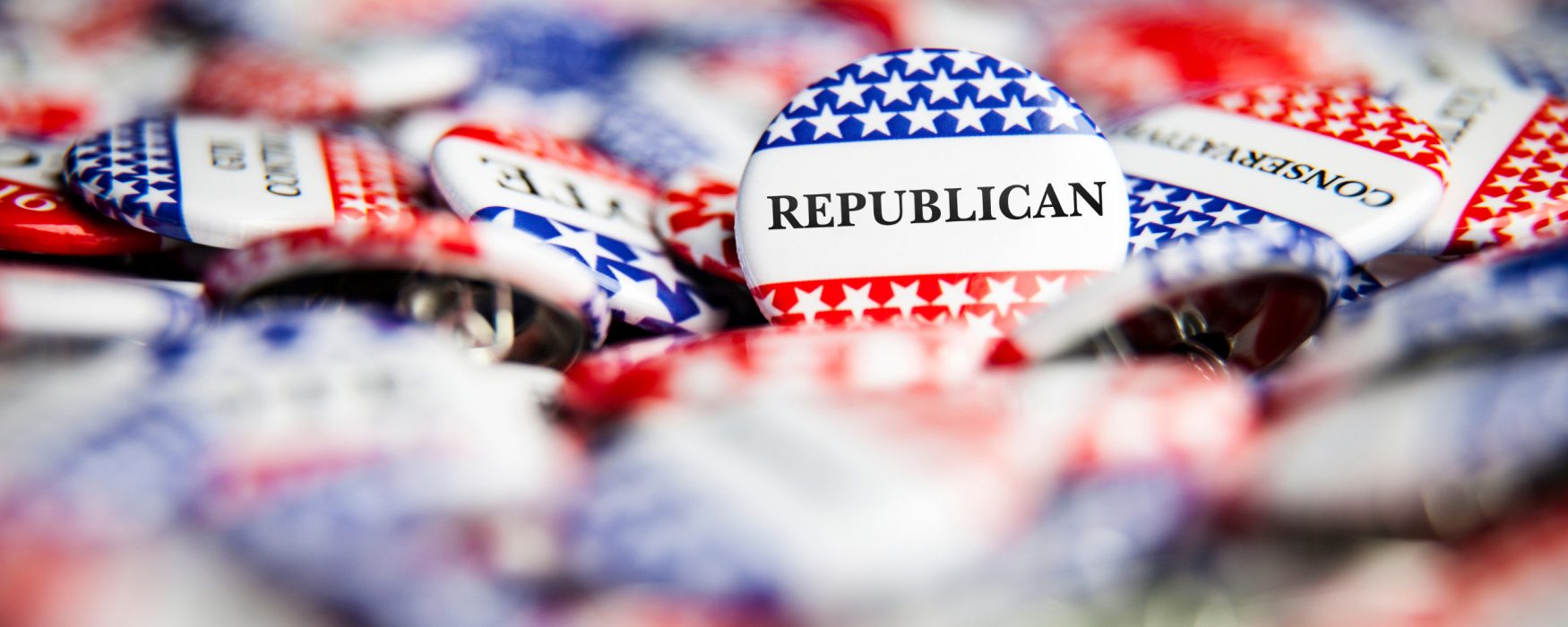
Article courtesy MIRS News for SBAM’s Lansing Watchdog e-newsletter
Republican candidate spending in Michigan’s 10 competitive Senate districts skyrocketed by more than 551% from during the post-primary to the pre-general period, promoting the observation that conservatives hope to make bigger splashes with later investments.
Senate Democratic candidates also ramped up their spending during the three months before the Nov. 8 election, which came in at more than $5.6 million among 10 different competitors. However, Republicans are (interestingly) infusing more money later in the game.
For example, in the 12th state Senate district race bordering Lake St. Clair, AdImpact recorded that both issue group and coordinated Republican ad purchases backing Rep. Pamela Hornberger (R-Chesterfield Twp.)’s bid remained below $500,000 during the week of Sept. 27 through the week of Oct. 18. However, spending for Hornberger broke the ceiling this week, when $560,277 was dropped.
Meanwhile, spending favoring Democratic opponent Kevin Hertel (D-St. Clair Shores) was more than $500,000 during the weeks of Sept. 27 and Oct. 4, and hit $907,643 this week.
In a competitive West Michigan district – the 30th Senate district covering portions of Ottawa and Kent Counties – Republican candidate ad spending, as well as issue group and coordinated buys, remained consistently below $200,000 for present-day Sen. Mark Huizenga (R-Walker)until one hit $312,575 this week.
On the other hand, purchases backing Democratic challenger Rep. David LaGrand (D-Grand Rapids)reached $296,950 during the week of Sept. 27, $298,055 in the week of Oct. 4 and hit $423,331 in the week of Oct. 25.
“You spend money early on so you don’t allow your opponent to define you,” said Dennis Darnoi, a government relations and campaign consultant based in Oakland County. “I don’t know that it necessarily translates into votes.”
Although more than 1.14 million absentee ballots have been submitted across Michigan, Darnoi said transactions being concluded this week will still allow candidates to reach a good portion of incoming voters.
“Certainly there are people who vote early within the first week and two weeks of absentee ballots going out, but the large majority of people are going to vote in the last two weeks – and then obviously, on Election day,” Darnoi told MIRS. “I think you get more bang for the buck if you are spending it later in the election cycle.”
When asked if he felt there was anything distinct or unique about how candidates spent money this year, Darnoi ultimately said “no, not really.”
“If you’re talking about Republican groups, the expectation is the majority of Republican voters are going to go out and vote on Election Day,” Darnoi said. “Republican-aligned groups, I should say, go out and spend a lot of money or the majority of money now in this last two-week cycle. That’s pretty standard practice.”
Speaking off-the-record, Democratic insiders are optimistic that their early spending investments, specifically in the 10 magic state Senate districts, has paid off in both terms of absentee ballots being returned and when it comes to holding their competitiveness in the election season’s final days.
From July 18 to Aug. 22, covering 20 days after candidates won in their respective primaries, Republican competitors infused $201,015.29 collectively from their 10 candidate committees. During the same period, Democrats spent $500,850.36 total.
One insider from the Michigan Democratic community described spending money at the last minute as a “really, really stupid idea,” adding that purchasing television ads during the final week will cost a campaign $4,000 to $5,000 per point – while buying one weeks beforehand will cost $1,000 per point.
“What’s really catching fire is the money that they’re spending,” the source said about Republican campaign expenditures. “They are lighting their donors’ money on fire right now, because they had the cash. What I don’t understand is why they didn’t spend it a month and a half ago. They could have bought ads at one quarter of the rate they’re buying them for today.”
Closer to the fast-approaching Election Day, the same Republican candidate committees spent more than $1.3 million from Aug. 23 to Oct. 23, and accepted more than $5.6 million in non-cash gifts, which included advertisement purchases from Michigan’s Senate Republican Campaign Committee (SRCC).
“With some of these races, you want to see how competitive they are,” Darnoi said. “If I’m someone and I’m going to spend $2 million on a race, I want to get the greatest bang for my buck. I want to know which districts to go into (and) which candidates to support. And you know, the polling that would have existed very early on would not have really, I think, justified going into some of these districts.”
However, in races like in the 12th state Senate district race between Hertel and Hornberger, Darnoi suggested it has proven itself to be a battleground and worthy of large-scale purchases near the end of the election season.
“You have a competitive congressional election. It’s going to be an area that’s going to help Republicans…yeah, at the end of the cycle you’re going to go in with a lot of money, a lot of TV ads, a lot of buys…because your voters are now getting engaged in that two-week-and-counting time period,” Darnoi said, referencing the echo-impact that congressional races could potentially have on the legislative items below them on the ballot.
Ultimately, Darnoi summarized that the amounts of money being spent are surprising, but not the strategy of when it’s being spent.